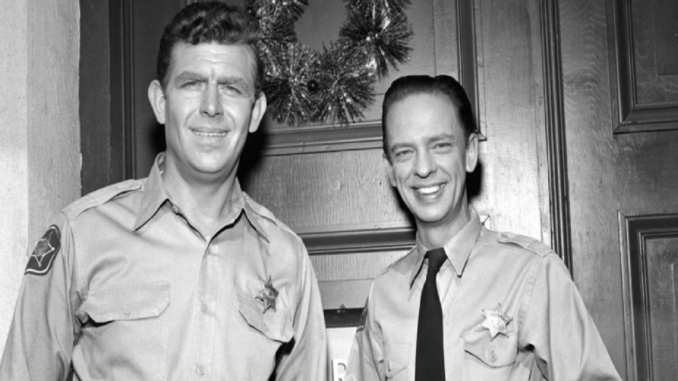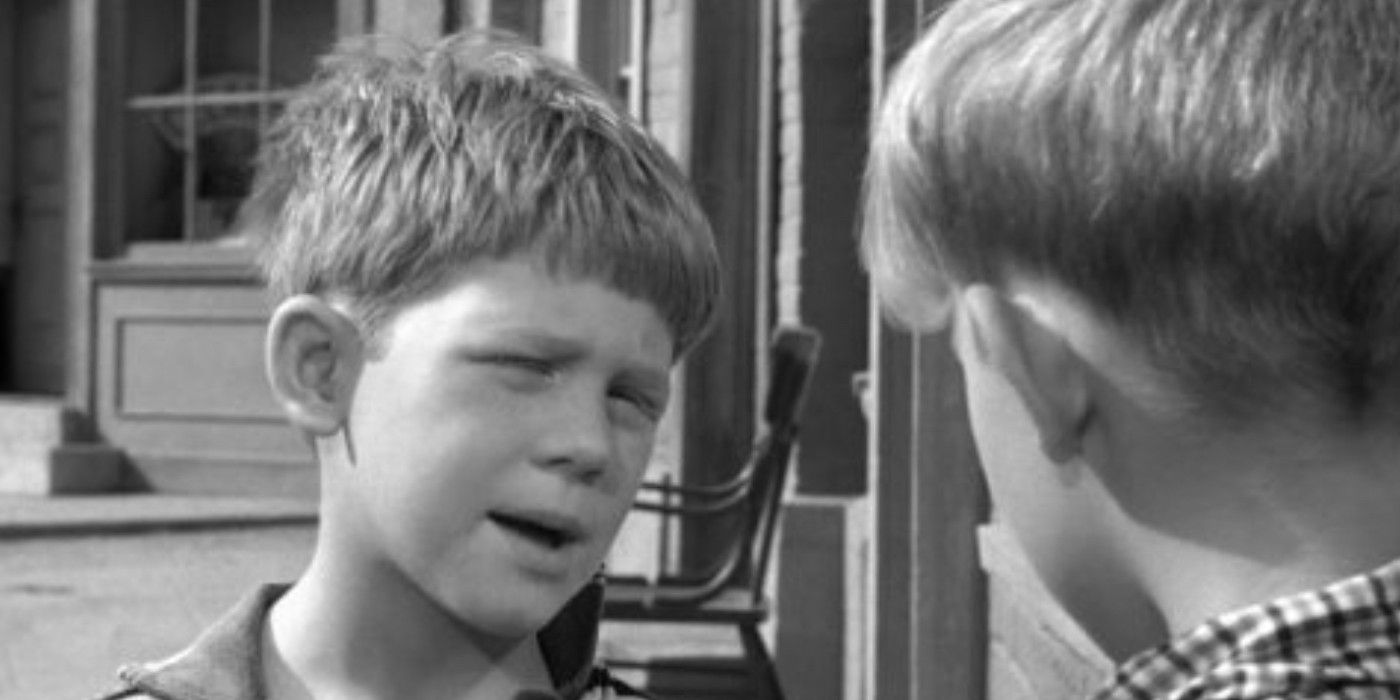
Ron Howard explains The Andy Griffith Show’s one main rule for comedy. Beginning on the show when he was only six years old, Howard played Opie Taylor, the son of protagonist Andy Taylor, in the series. Howard continued to play the role during the duration of The Andy Griffith Show, which ran for eight seasons from 1960 to 1968. In addition to Howard and Andy Griffith, The Andy Griffith Show’s ensemble cast featured Don Knotts, Frances Bavier, Colin Male, George Lindsey, Howard McNear, Tom Jacobs, Aneta Corsaut, and Jack Dodson.
Speaking in an interview with Conan O’Brien Needs a Friend, Howard talks about the use of humor in The Andy Griffith Show. Host Conan O’Brien pointed out that the ‘60s sitcom is a “character comedy” that is “unafraid of a long pause.” Speaking to this point, Howard noted that Griffith “used to kill jokes if they were too broad.”
The lead actor did not want The Andy Griffith Show to become like TV series such as Petticoat Junction and Beverly Hillbillies, which he felt relied too much on slapstick and sketch-based comedy. Check out the full quote from Howard below:
It was so much a function of a kind of singular creative voice. Not that Andy wrote, you know he wasn’t even, didn’t have a producer credit. But it was his show, it was tailored to his sensibility. And Sheldon Leonard, who was the executive producer and very active on the show, was this old character actor who had become this incredible television producer. Who had great success with Danny Thomas, and Van Dyke, and the Andy Griffith show, and for a moment, he was like the comedy producer. But he was there all the time, and they were always stressing character.
And Andy used to kill jokes if they were too broad. And he just kept saying ‘the south is plenty funny on its own,’ without having to reach for it and do slapstick and stuff. Like he didn’t like Petticoat Junction and Hillbilly Elegy — not Hillbilly Elegy, that’s a movie I directed — he didn’t like Beverly Hillbillies. Beverly Hillbillies. And you know, because they were doing sketch, basically. And so, as a result, I don’t know that there have been other single-camera shows that kind of help that tone, maybe Real McCoys a little bit, but they didn’t have Don Knotts.
The Andy Griffith Show’s Unique Tone Explained
The Show Has A Long Lasting Legacy
Howard’s quote effectively highlights how The Andy Griffith Show stands out from numerous other shows. The series would not do just anything for a laugh, feeling it more important to focus on character development first. In this effort, The Andy Griffith Show effectively created a show whose languid pace adds to its poetry, pulling out comedy from the quotidian rather than the making of high-doctored, lavish scenarios.
On a somewhat related note, the Apollo 13 director continued his interview by describing some of The Andy Griffith Show’s unique dialogue scenes. Typically taking place between Andy and Barney, The Andy Griffith Show was filled with scenes of two characters simply talking about their days or the weather outside. Howard explained that these scenes arose from the need to fill extra minutes when their episodes were coming in under time after a week of filming. Thus, Griffith would sit down with Knotts or another actor and have an improvised conversation.
The description of both the dialogue scenes and the humor highlights how much of The Andy Griffith Show was driven by the talents of its star. The lead had a knack for bringing out a highly human character and finding the humorous beats in everyday life. As Howard puts it, The Andy Griffith Show was “tailored to his sensibility,” and luckily said sensibility led the show to success.

